Table of Contents
🐛 Septic Tank Worms in Toilet? Here’s What To Do!
There are few things more disgusting than finding worms in the toilet.
Even if they weren’t extremely unhygienic, their uncomfortably long and slender forms would be enough to repulse almost anybody. If you’re reading this article, this is probably your situation.
Fortunately, we have the solution to eliminate these worms and clean your toilet.
If you discover worms and want to get them out of your home as soon as possible, use this article to guide you through the process. We’ll discuss what to do when you find worms and the strategies you can use to eliminate them.
🐛 What Kinds of Worms Can You Find In The Toilet?
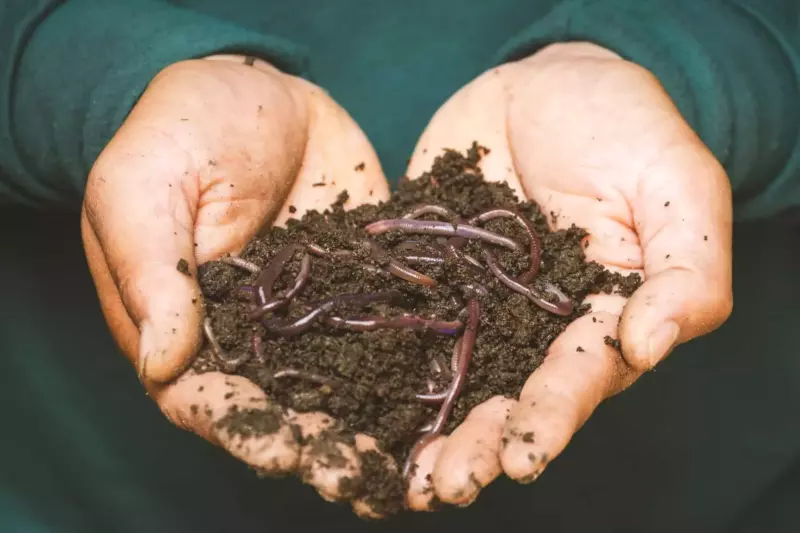
In the entire world, there are more than 20,000 species of worms. Yet, you’re only likely to find four in your toilet. These worms make their way into your system through your septic tank and pipework. Once they’ve made their way into your system, they set themselves up to stay and pose health hazards.
Here are the four most common kinds of worms with information on how to identify them and finally get rid of them.
🐛 Bloodworms
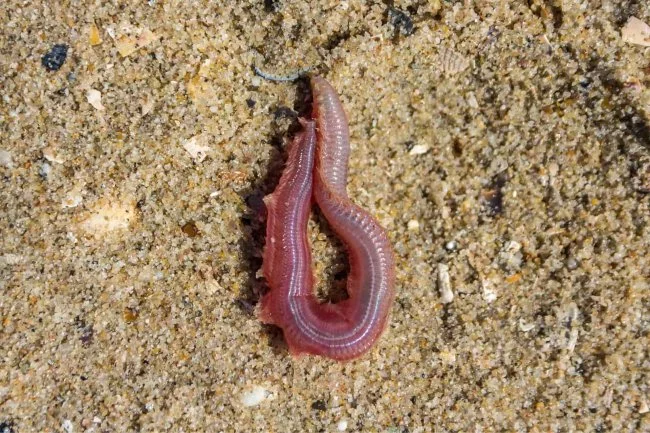
👁️ How to Identify Bloodworms
Bloodworms are one of the most distinctive kinds of worms out there. And they have one of the easiest names to remember, too. Why? Because they have a very noticeable red hue, much like the color of blood.
This isn’t because of actual blood but instead the presence of an iron porphyrin protein in its body. You can easily remember them as “blood worms.”You’re also more likely to come across them in a toilet that isn’t used very often. This is because bloodworms prefer stagnant water.
🧰 How To Get Rid of Bloodworms
If you thought worms weren’t already nauseating enough, here’s something that will make you feel even less comfortable: worms particularly like toilets because they feed off the urine and fecal matter in the toilet bowl.
Revolting, right? Fortunately, you can use this knowledge to get rid of them.By thoroughly cleaning off all the organic matter in your toilet bowl, you will make it an environment that bloodworms won’t want to stay in. This can be accomplished in a number of ways. Many will opt for a disinfectant cleaning product, such as using bleach with a brush.
Alternatively, you could go chemical-free using a baking soda solution containing three parts white vinegar to one part baking soda, sprayed through a spraying bottle. No matter which solution you pick, thoroughly clean the toilet tank and the toilet bowl. Organic matter can be present in almost any part of your toilet.
🐛 Earthworms
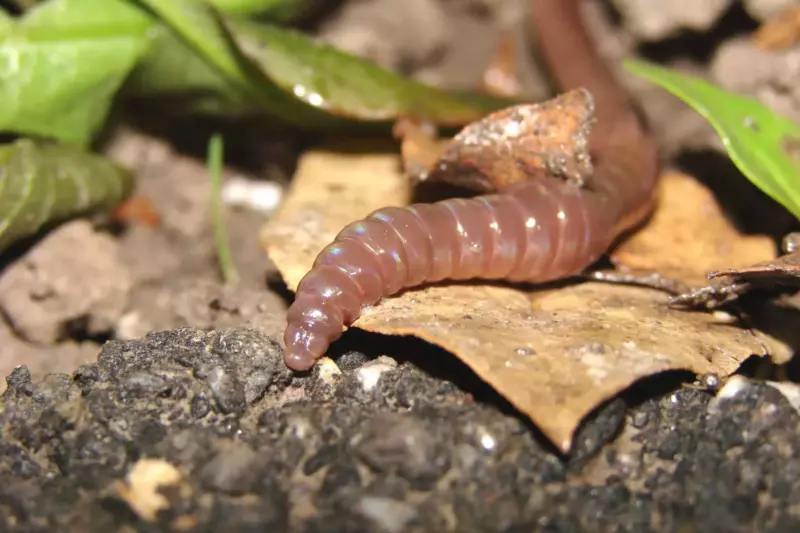
👁️ How to Identify Earthworms
You might already have some experience with recognizing earthworms, as they are commonly found in soil used for farming. However, while they are usually a very positive thing to find in your soil, they are a nightmare to find in your toilet. Though they don’t present any direct threat to you, they make for a gross and unsanitary bathroom environment.
If you notice longer, brown worms in the toilet, it’s likely you have earthworms. Though they are a fairly rare occurrence, so you should compare them to an image to make sure.
🧰 How to Get Rid of Earthworms
Unlike other pests, earthworms only really get into your bathroom one way: a cracked sewer pipe. Earthworms generally live in the soil, so they will only get into your home through underground openings. Holes in a cracked sewer pipe serve as the perfect entry point to your toilet for earthworms.
Getting your sewer pipe fixed and sealed will prevent any further problems with earthworms. And if you need to get rid of those already present, try some powdered salt or curry salt.
🐛 Drain Fly Larvae
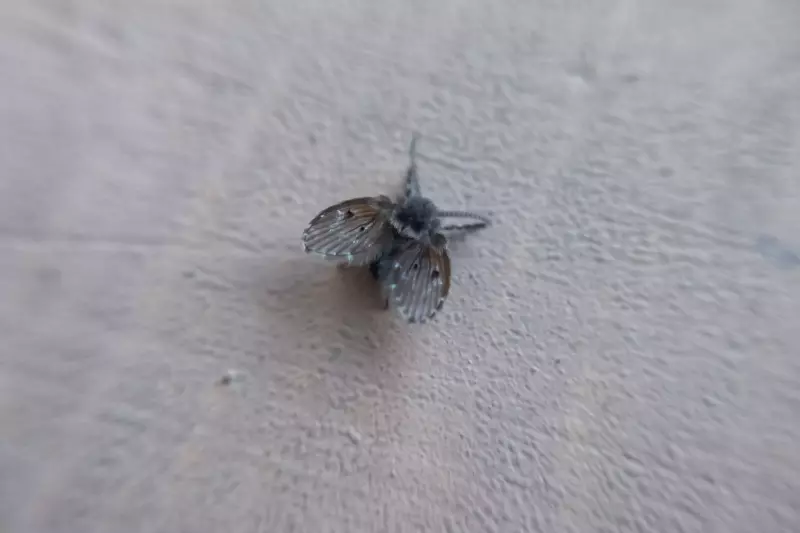
👁️ How to Identify Drain Fly Larvae
Drain fly larvae, as the name suggests, are the juvenile form of drain flies. Just as caterpillars eventually turn into butterflies, drain fly larvae will eventually become drain flies. However, unlike butterflies, drain flies are unwanted pests. And finding the larvae of a drain fly is a clear sign that you have a drain fly infestation.
You can identify drain fly larvae by their thin, white bodies, marked by a dark stripe on their back. They also have a visible breathing tube. These are also known as horsefly worms.If you spot tiny black worms in the toilet, these also likely drain fly larvae. These black worms are also slender worms with similar features to horsefly worms.
🧰 How to Get Rid of Drain Fly Larvae
To get rid of the drain worms, drain flies must be removed. Drain flies breed in wet places, usually underground in your drain pipes. To locate these areas, you will need to look at your drain pipes, septic tanks, and sewer pipes.Once you’ve found the drain pipes where the drain flies are collecting, you can put sticky tape on the top of these pipes.
As the drain flies try to escape, they’ll get caught on the sticky tape and unable to continue breeding.Once the drain flies are gone, all that’s left is to get rid of the larvae.
Using a commercial drain cleaner, clean off all the organic matter from your toilet bowl. Without organic matter, the larvae won’t have anything to keep themselves going and will die off. You can also pour near boiling water down your drain. You can kill the larvae further by pouring boiling water and stopping your system from getting completely clogged.
This is a more organic but less effective option, as all this takes is a water pot and a bit of hot water. A baking soda mix, such as the one mentioned earlier, can also be poured down the drain the day before to increase the efficacy of this strategy.
📗 Related Reading: Will Bleach Kill Drain Flies?
🐛 Horsehair Worms
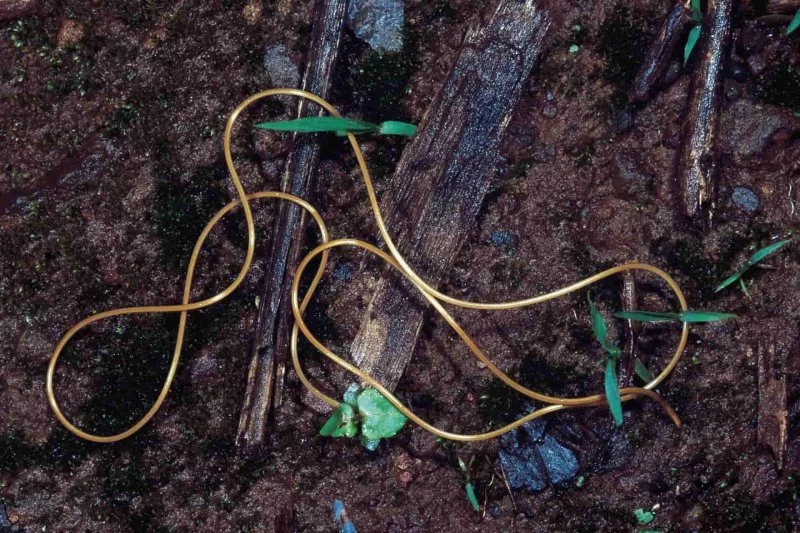
👁️ How to Identify Horsehair Worms
Though most worms are quite disgusting, horsehair worms are a particularly unpleasant sight. These extremely slender black worms are very discomforting and will most likely be found on your toilet bowl.
They usually live in foreign bodies, like cockroaches and grasshoppers, using these insects to sustain themselves. Fortunately, they don’t infest humans.
Horsehair worms normally turn up quite unexpectedly from a nearby pond, and usually much more than one worm: adult females lay large bunches of eggs at once, quickly leading to toilet infestation.
🧰 How to Get Rid of Horsehair Worms
Toilet horsehair worms are fairly similar to other kinds of worms. They can be exterminated using a toilet cleaner and a scrubbing brush. The real problem is when they aren’t toilet horsehair worms but instead horsehair worms that make their home outside of your toilet.
These black worms can infest your bathroom and set themselves up nearly anywhere, be it your bathroom sink, bathtub, or even under your shampoo bottles.
If you notice black worms, you must wipe down all of your bathroom with a cleaning agent like chlorine bleach or hydrogen peroxide. Alternatively, if you prefer natural solutions, you could use the baking soda mix from earlier in this article.
🐛 How to Prevent Future Worm Infestation

All toilet worms come to your toilet for one purpose: to eat.Keeping your toilet bowl clean of organic matter can create an entirely unappealing environment for worms. Regularly cleaning your toilet bowl to prevent any decaying matter from building up in your toilet is your best bet.
You should also deal with any stagnant water in your bathroom. A moist surface is ripe for infestation, not only from black worms but also from other insects. Ventilation and fresh air can help keep your bathroom dry and your wallet safe from needing to call up pest control.
🐛 Final Thoughts

Having septic tank worms in your toilet is one of the revolting problems you can deal with as a homeowner. To keep drain worms out of your toilet, ensure you keep your toilet clean and your bathroom well-ventilated. Many worm infestation issues arise from problems with your plumbing system
If you have plumbing issues that are causing problems with worms, call your local professional plumber or check if a Phyxter Plumber services your area. Phyxter Home Services are expert at all things plumbing.
Our experienced technicians know how to identify your plumbing issue quickly and will resolve it with the precision and attentiveness we’re known for. If you live in the Okanagan region, our local and independent plumbers can solve your problem immediately. We also service air conditioners, furnaces, and a range of HVAC systems, so if you’re having problems with any of these, don’t hesitate to contact us.
📗 Related Reading: DIY Guide to 15 Common Plumbing Problems & Solutions

